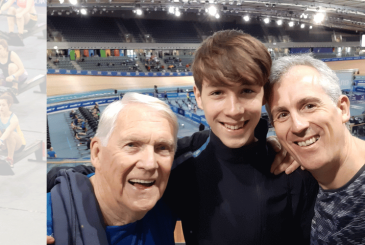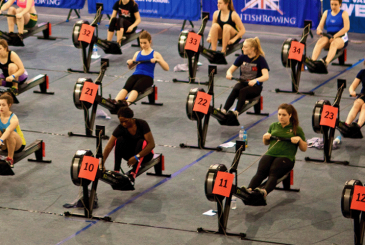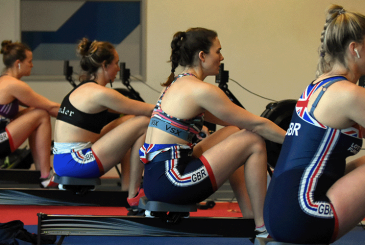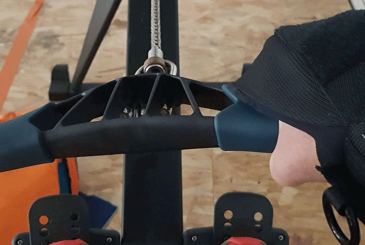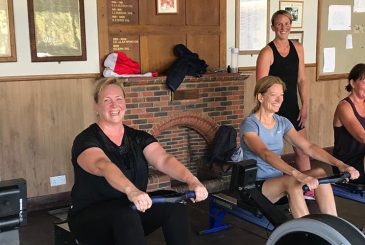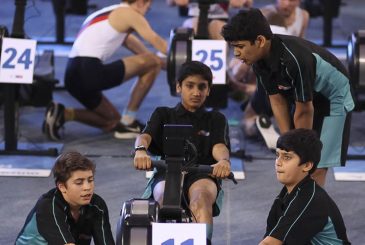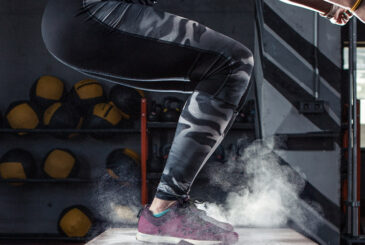Why it is useful to incorporate cross-training into indoor rowing speed training?
Becoming a better rower requires work on different elements of the rowing action. The speed of your movement is one of the essential parts of this. The explosive nature of the drive phase requires power and uses your fast twitch muscle fibres, like many other athletic movements.
How do you cross-train for speed and its associated benefits?
Improving your athletic ability and force production will offer the biggest increase in your potential speed of movement. During your training, you should therefore spend time on focused exercises to not only become better at the control of the movements, but also to increase the load and volume of what you do during the training.
Example exercises which support getting faster on the indoor rowing machine
Exercises like weight lifting and some plyometric movements offer a great way to improve your speed. You could also develop further with resistance bands and equipment like Slam Balls and Kettlebells.
The main focus in getting faster is moving with speed. You can then develop the load (such as the weight you lift) as a secondary focus. When the exercises are performed well and the load is challenging, the results of more speed will start to show.
Sample exercises and how to incorporate them into current training schedules
Perform 2-3 times a week for 8-12 weeks
| Recommended Exercises | Detail | Variables | Teaching Points |
|---|---|---|---|
| Weight Lifting: Barbell Front Squats Barbell Cleans Barbell Upright Rows Barbell Deadlift Machine Leg Press | 6-12 reps x 3-6 sets of up to 85% of your maximum lifted weight. 60-90 seconds of rest between sets. | Build up the weight you are lifting progressively and remember the speed of your movement is the goal – not the amount of weight. | Ensure good warm-ups and progressive weight increments are done. Breath out dynamically in the concentric phase when the hardest work is being done. |
| Plyometric Body Weight: Vertical Jumps Box Jumps Squat Thrusters Single Leg Deadlift to Jump Pistol Squat Roll to Jump | 6-12 reps x maximum 6 sets, ensuring dynamic focus and good form. 60-90 seconds of rest between sets. | Box height can be varied depending on ability. The use of weighted vests or resistance bands could also be used if needed. | Ensure joint positioning is correct, especially in the landing of jumps and deep ranges of movement. The use of mirrors or your phone to monitor technique would be useful. |
| Functional Training Equipment: Kettlebell Swings Slam Ball High Slams Kettlebell Cleans Battle Rope Alternating Waves Giant Tyre Flips | 6-12 reps x 3-6 sets of a challenging weight. 60-90 seconds of rest between sets. | Build up the weight you are lifting progressively and remember the speed of your movement is the goal – not the amount of weight. | Maintain a straight back position while doing all the exercises. Focus on exhaling during force on lifts and steadily during the battle ropes. |
Photo: Jacob Lund/Shutterstock.com



